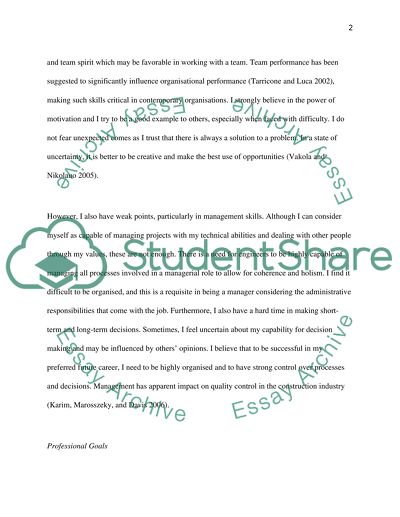Cite this document
(Career Development Action Plan Admission/Application Essay, n.d.)
Career Development Action Plan Admission/Application Essay. Retrieved from https://studentshare.org/professional/1573949-professional-development
Career Development Action Plan Admission/Application Essay. Retrieved from https://studentshare.org/professional/1573949-professional-development
(Career Development Action Plan Admission/Application Essay)
Career Development Action Plan Admission/Application Essay. https://studentshare.org/professional/1573949-professional-development.
Career Development Action Plan Admission/Application Essay. https://studentshare.org/professional/1573949-professional-development.
“Career Development Action Plan Admission/Application Essay”, n.d. https://studentshare.org/professional/1573949-professional-development.


